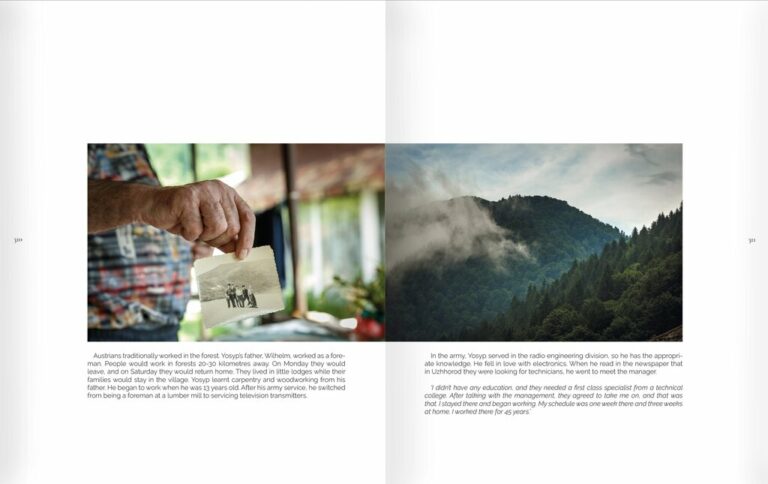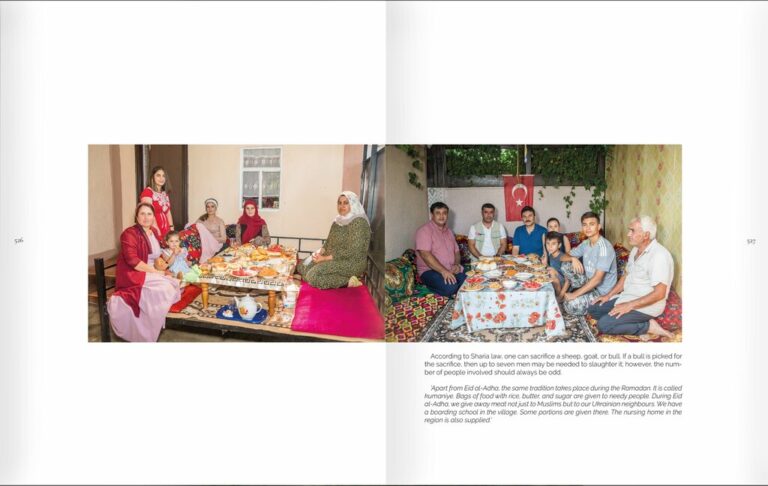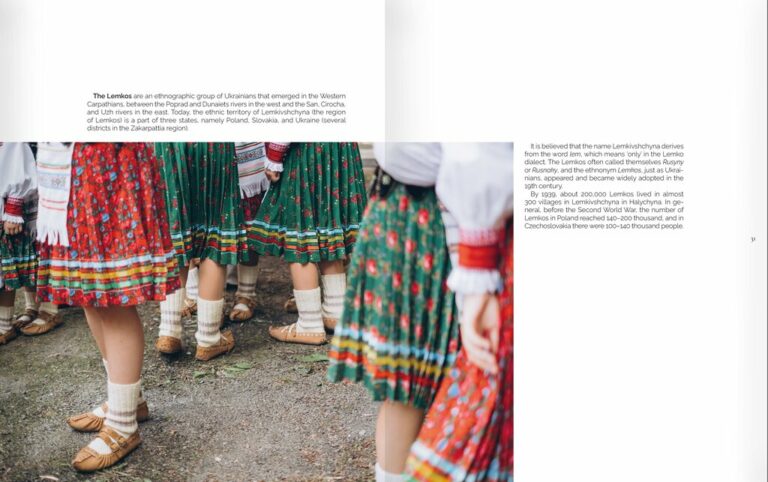
The book “Who We Are: Indigenous People and National Minorities of Ukraine” tells fascinating stories from real life, sometimes the tragic stories of immigration, and about culture, craft-making, art, and interesting initiatives among the representatives of the communities.
The idea to create a book about national minorities came about in 2016, when we visited the Roma community in Zakarpattia and realised that there was a big gap in this area of knowledge.
The book describes more than 30 national communities living on the territory of Ukraine. Among them are Gagauz, Greeks, Austrians, Roma, Jews, Czechs, Cubans, Nigerians, as well as the indigenous peoples of Ukraine, such as Ukrainians, Crimean Tatars, Krymchaks, and Karaites.
“Who Are We…” is part of a multimedia project, so in addition to enjoying the book, readers can also watch videos with subtitles in different languages.
slideshow
“Boiko community of Zmiivka village, located in the modern-day Prychornomoria region, was established in the 1950s. The village starosta (mayor), Mykola Kuryvchak, is a descendant of the deported Boikos who was born and raised here in Zmiivka. His parents were deported to the south in 1951.
— The displaced Boikos lived in the houses where the Swedes used to reside. They were settled there by Soviet authorities in 1951. There were a lot of people, so it was even possible for several families to live in the same hut. The people were hard-working: they helped each other, built houses, settled down, and made the village develop. Yet they still had the dream of returning to the Carpathians. Unfortunately, they couldn’t because they had no passports, only IDP cards.
Together with his fellow villagers, Mykola plays and sings in the Boikivchany band, which has been performing Ukrainian songs and melodies for decades, including Boiko and Old Swedish ones.”
The book was published in cooperation with UCF in Ukrainian and English.




